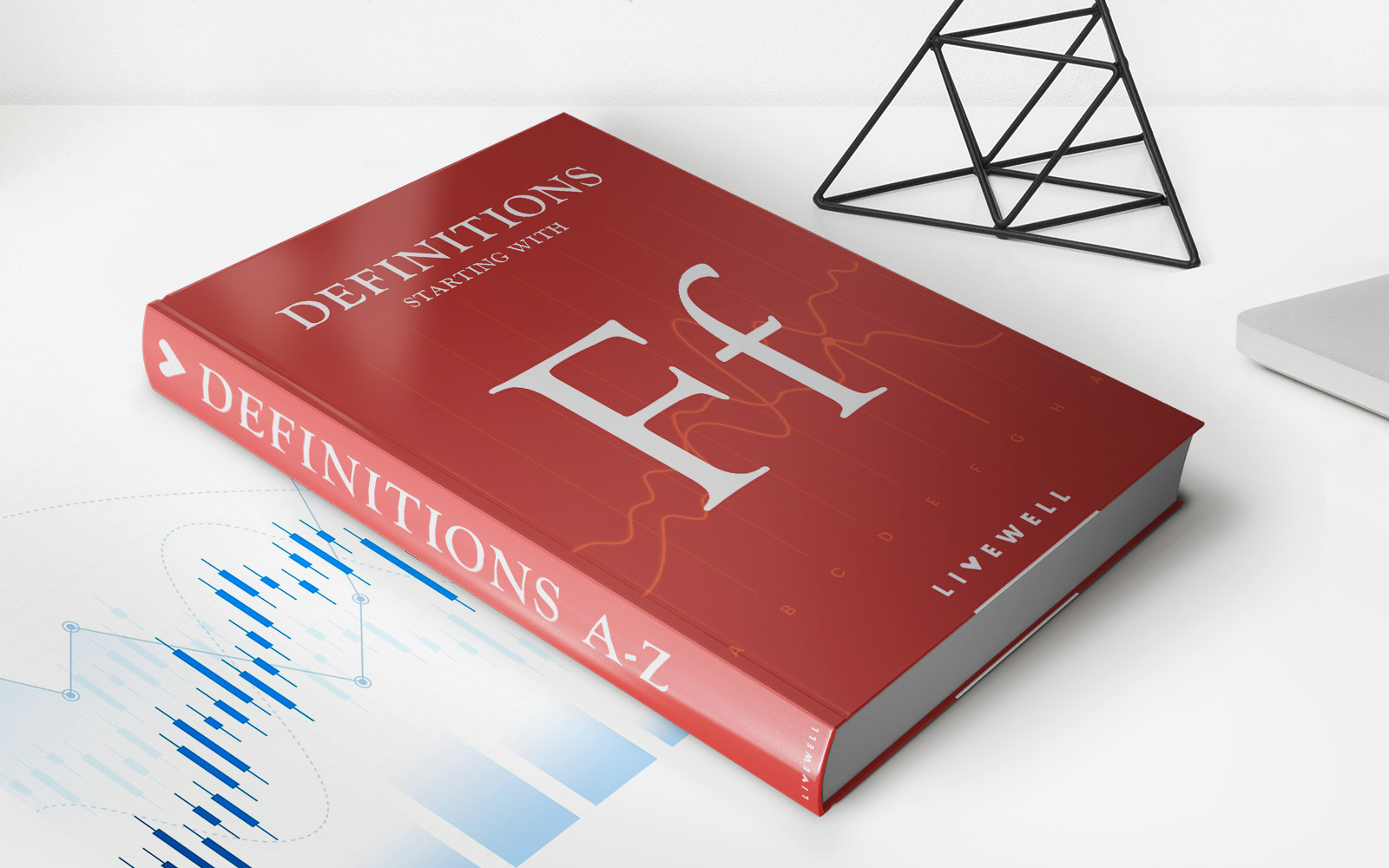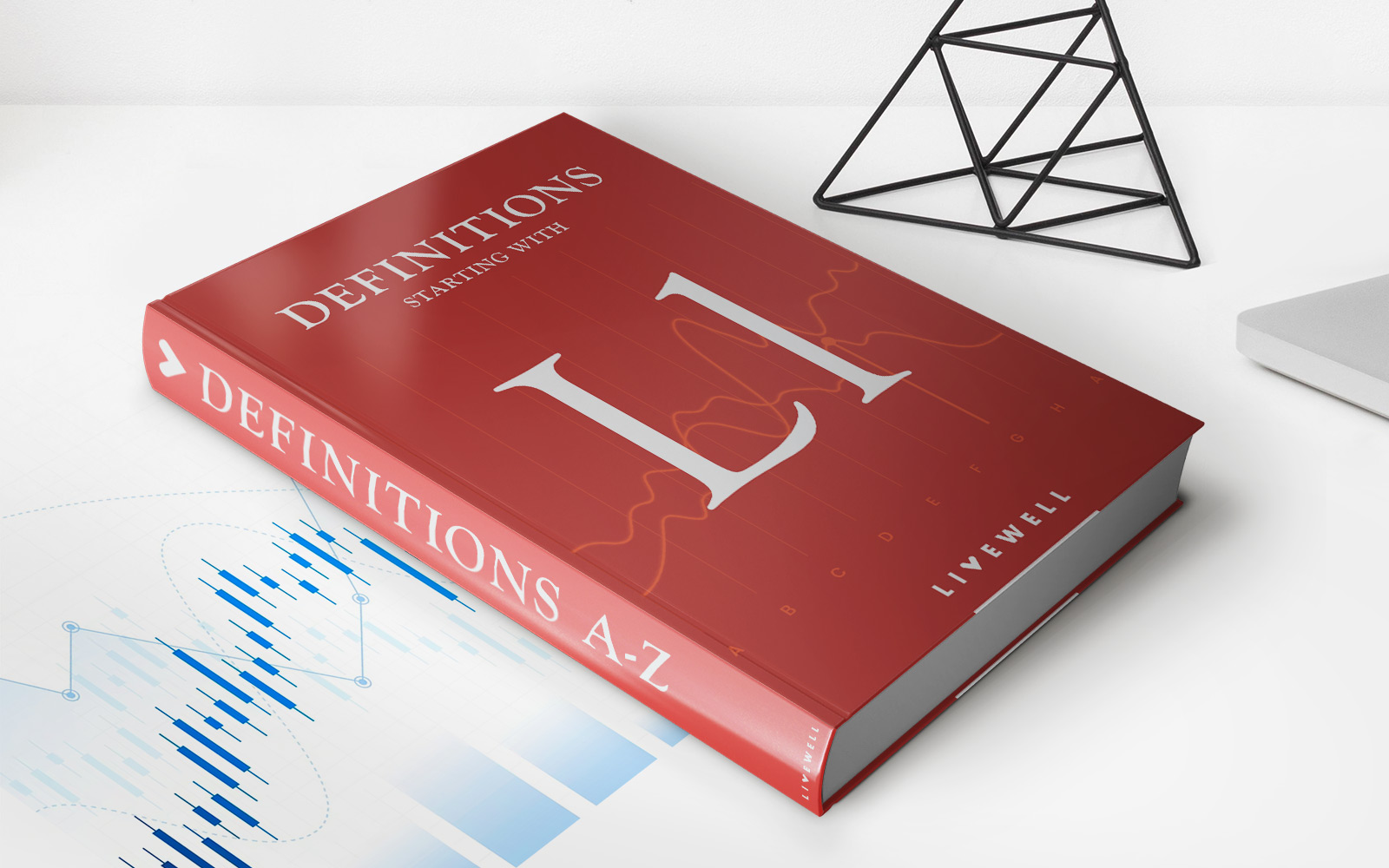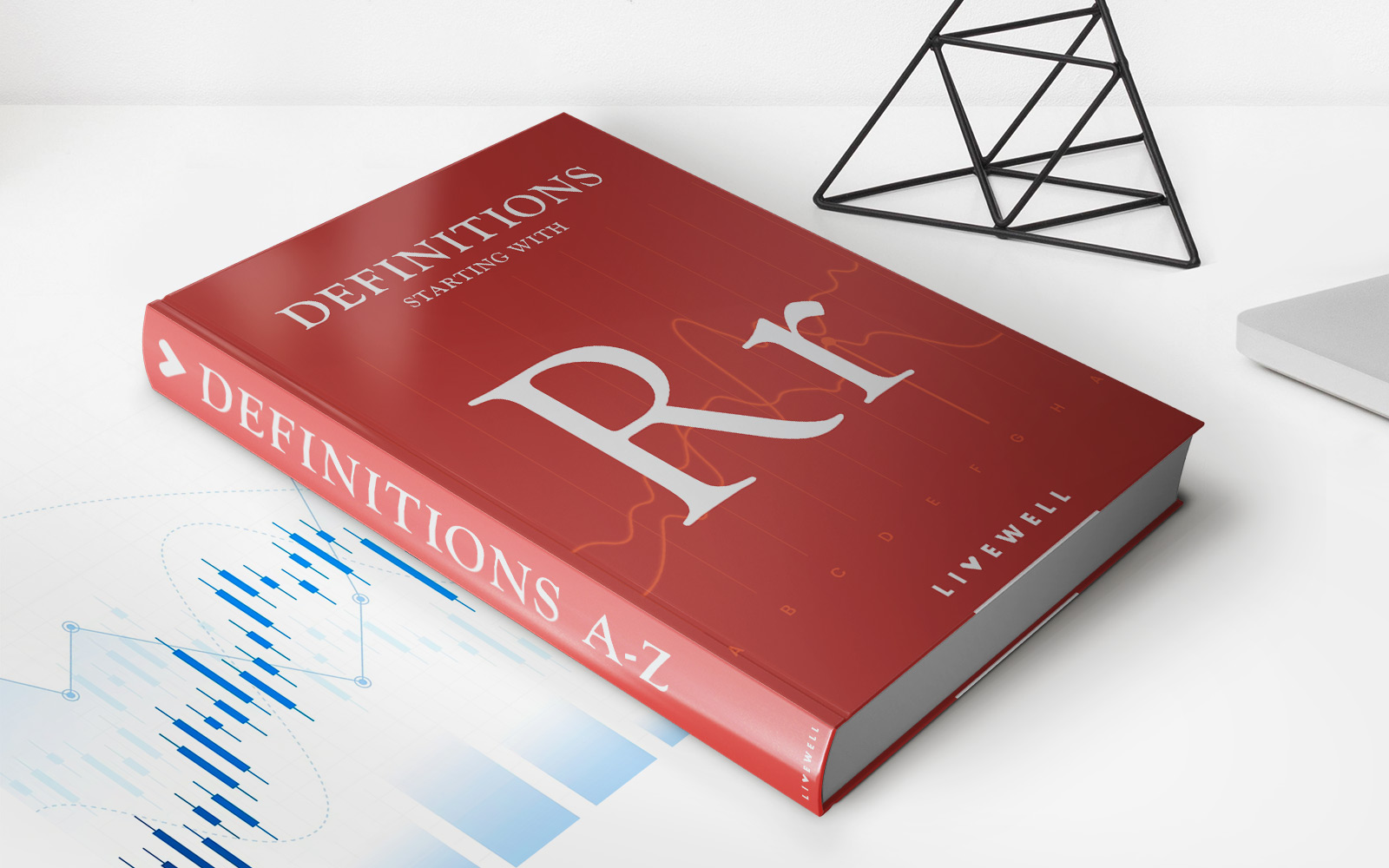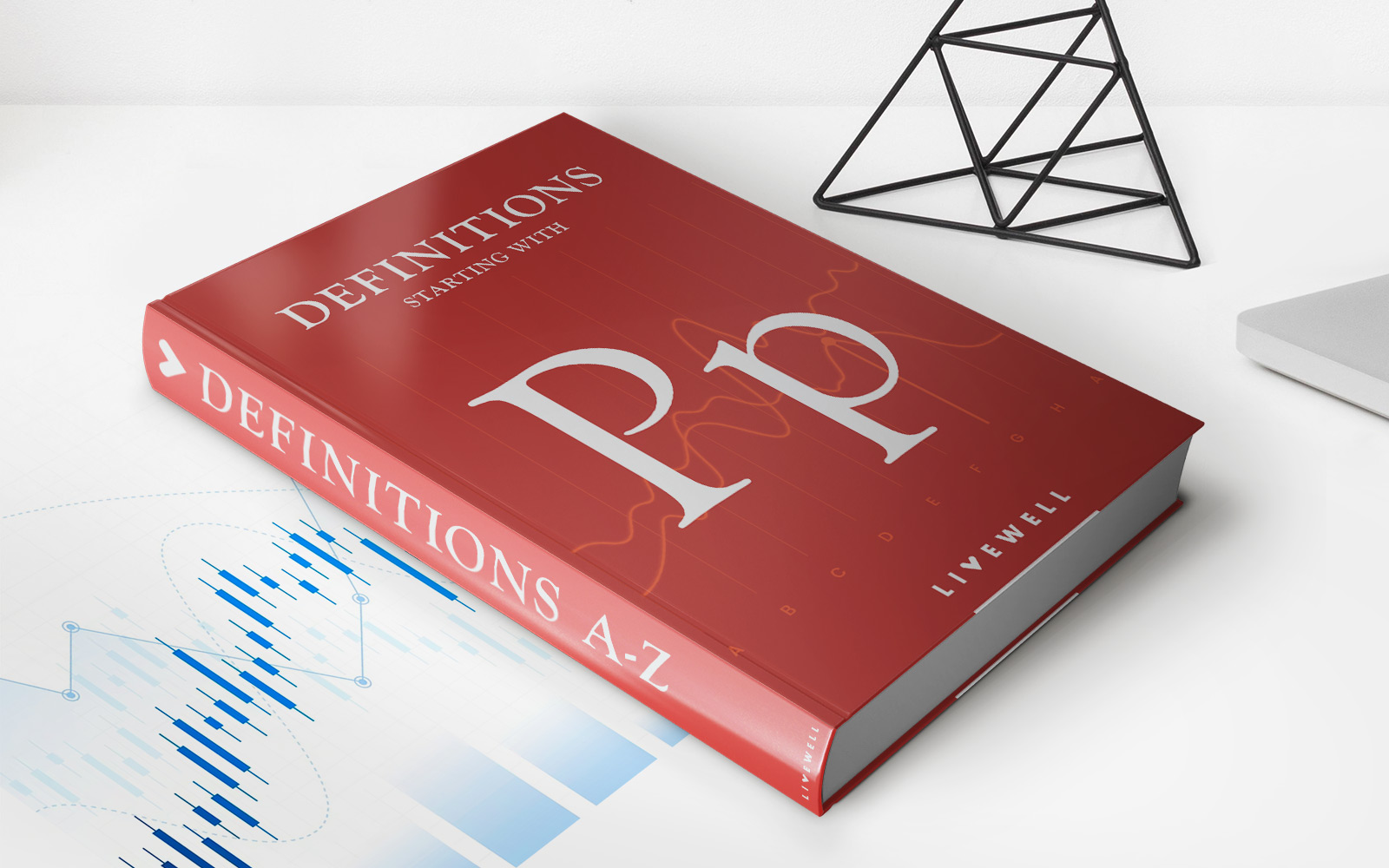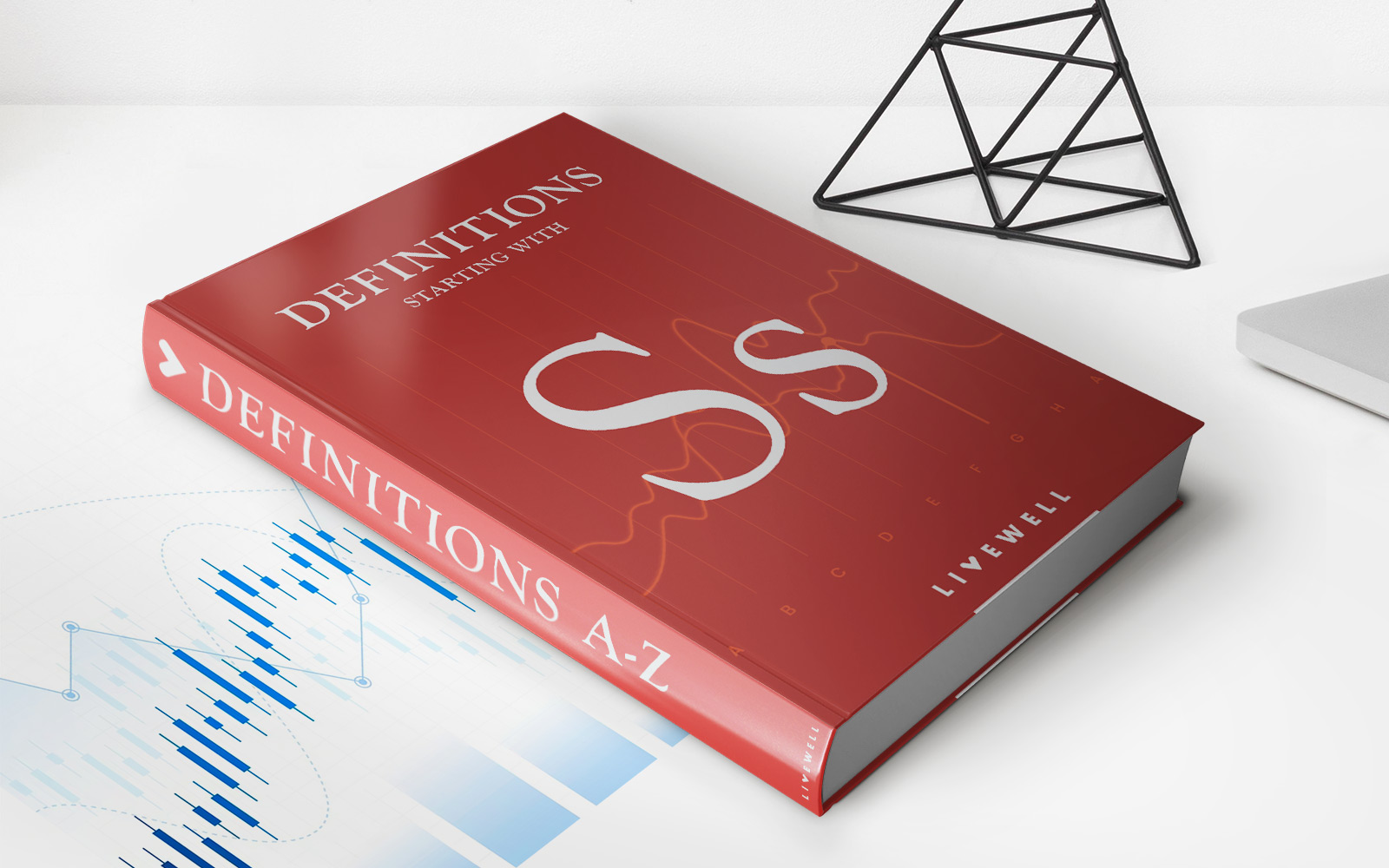Home>Finance>Convertibles: Definition, Types, And How They Work


Finance
Convertibles: Definition, Types, And How They Work
Published: November 2, 2023
Discover the ins and outs of convertibles in finance. Learn the definition, types, and how they work to make informed investment decisions.
(Many of the links in this article redirect to a specific reviewed product. Your purchase of these products through affiliate links helps to generate commission for LiveWell, at no extra cost. Learn more)
Convertible Bonds: Definition, Types, and How They Work
Welcome to the finance category of our blog! In this post, we will dive into the fascinating world of convertibles, specifically convertible bonds. Whether you’re a seasoned investor or just getting started in the world of finance, understanding convertibles can be a valuable asset in your portfolio. So, let’s explore what convertibles are, the different types available, and how they work.
Key Takeaways:
- Convertible bonds are a type of hybrid security that combines characteristics of both bonds and stocks.
- Investors have the option to convert their bonds into a specified number of shares of the issuer’s stock.
What are Convertible Bonds?
Convertible bonds, also known as “converts,” are a unique class of investment securities that offer investors the opportunity to benefit from the potential upside of a company’s stock while still receiving a fixed income stream. They are considered hybrid securities because they have features of both debt (bonds) and equity (stocks).
Here’s how they work: a company issues convertible bonds to investors who purchase them at a predetermined face value. The bonds pay regular interest payments, just like traditional bonds. However, what sets convertibles apart is that they give the bondholder the option to convert their bonds into a specified number of shares of the issuer’s stock.
Convertible bonds come with a conversion ratio, which determines how many shares the bondholder will receive in exchange for each bond. This conversion ratio is typically set at the time of issuance and is based on the prevailing market price of the company’s stock.
Types of Convertible Bonds
There are two main types of convertible bonds: maturity-based convertibles and conversion price-based convertibles. Let’s explore each of them:
- Maturity-Based Convertibles: With this type of convertible bond, the bondholder has the option to convert their bonds into shares of the company’s stock upon maturity of the bond. This means that if the bondholder decides not to convert, they will receive the principal amount of the bond at maturity.
- Conversion Price-Based Convertibles: In this case, the conversion option is triggered by a specific event, such as reaching a certain share price or performance milestone. The bondholder can convert their bonds into shares at a predetermined conversion price, regardless of the maturity of the bond.
How Do Convertible Bonds Work?
Now that we understand what convertible bonds are and the different types available, let’s dive into how they actually work. Here’s a step-by-step breakdown:
- A company issues convertible bonds to investors at a predetermined face value.
- Bondholders receive regular interest payments, typically semi-annually or annually, throughout the bond’s life.
- The bondholder has the option to convert their bonds into a specified number of shares of the company’s stock.
- The conversion ratio determines the number of shares the bondholder will receive.
- If the bondholder decides not to convert, they will receive the principal amount of the bond at maturity.
It’s important to note that the decision to convert or hold the bond until maturity depends on various factors, such as the prevailing stock price, market conditions, and the bondholder’s investment strategy.
Conclusion
Convertible bonds are a fascinating investment instrument that offers investors the opportunity to combine the stability of fixed-income securities with the potential upside of stocks. By understanding the different types of convertibles available and how they work, investors can make informed decisions and potentially benefit from the best of both worlds. Whether you’re a risk-averse investor looking for income or a growth-oriented investor seeking capital appreciation, convertible bonds could be an interesting addition to your investment portfolio.

